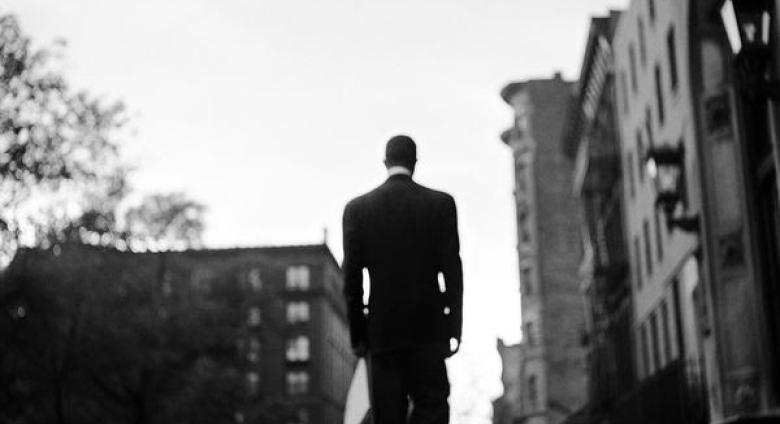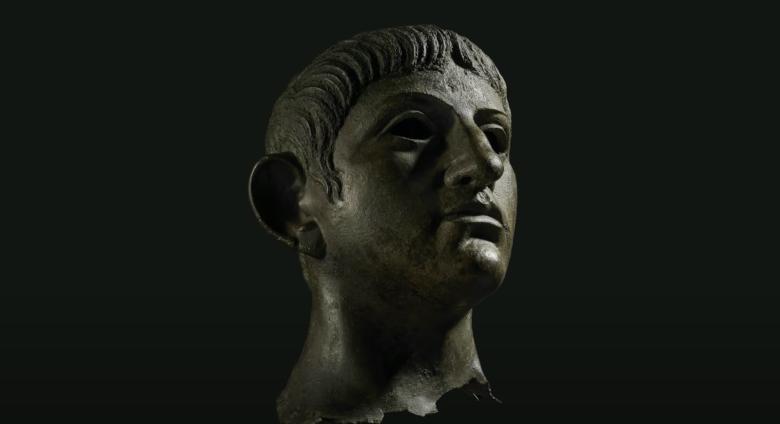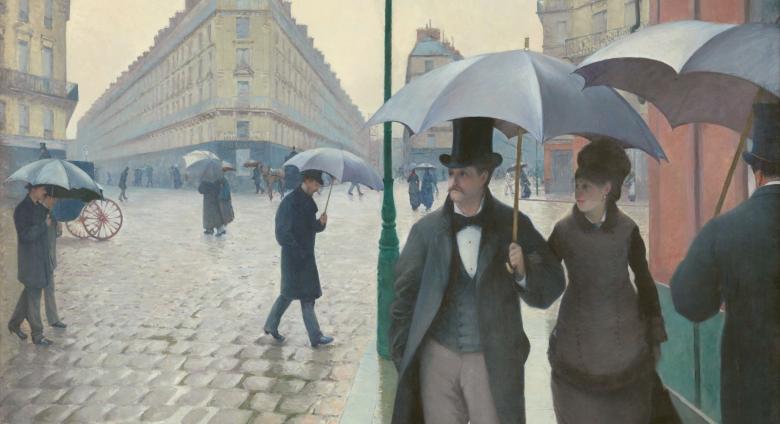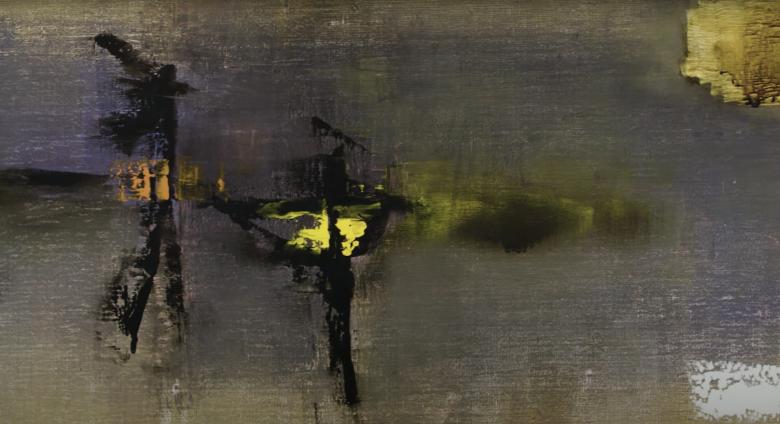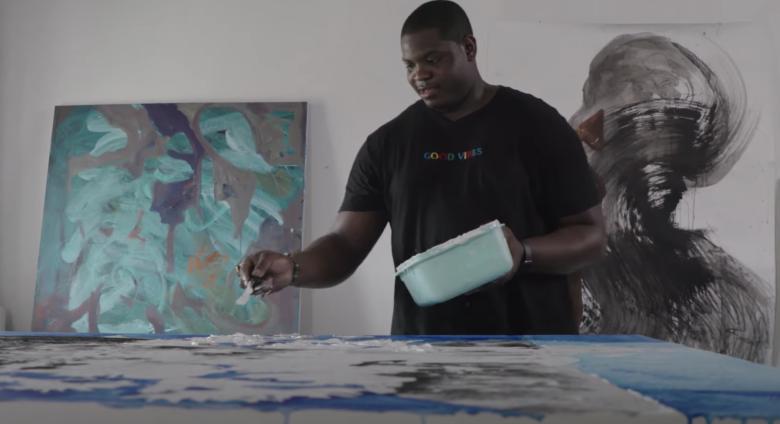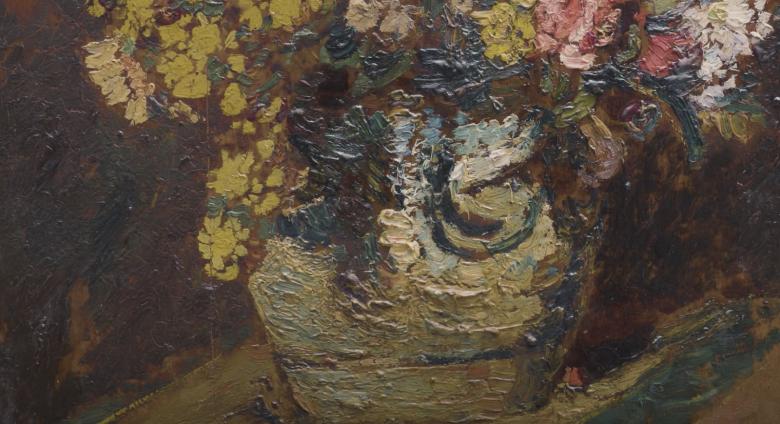August 2021 Art News
On August 02, 2017 the very first piece of content went up on ArtandObject.com. It was a page simply titled “Picasso” with an embedded YouTube video about Christie’s upcoming sale of Picasso’s Femme assise, robe bleue.
Cara Manes, Associate Curator in MoMA's Department of Painting and Sculpture, discovers a haven from the chaos of the everyday amid the “silence” and imperfection of Vasudeo S. Gaitonde’s "Painting, 4."
Khari Turner creates striking paintings that combine abstraction and figuration in order to, as he puts it, ‘rejuvenate the relationship of my history to my ancestors’ history with water.’ As a Black American originally from Milwaukee, Turner’s work is steeped in this violent history and yet he chooses to celebrate his ancestors ‘for surviving the challenges they faced’ rather than reenacting their suffering.
With Van Gogh's iconic 'Sunflowers' back on the wall at the National Gallery, Kristina Mandy gives us an insight into the conservation treatment for a painting by one of his major influences, the artist Adolphe Monticelli.






